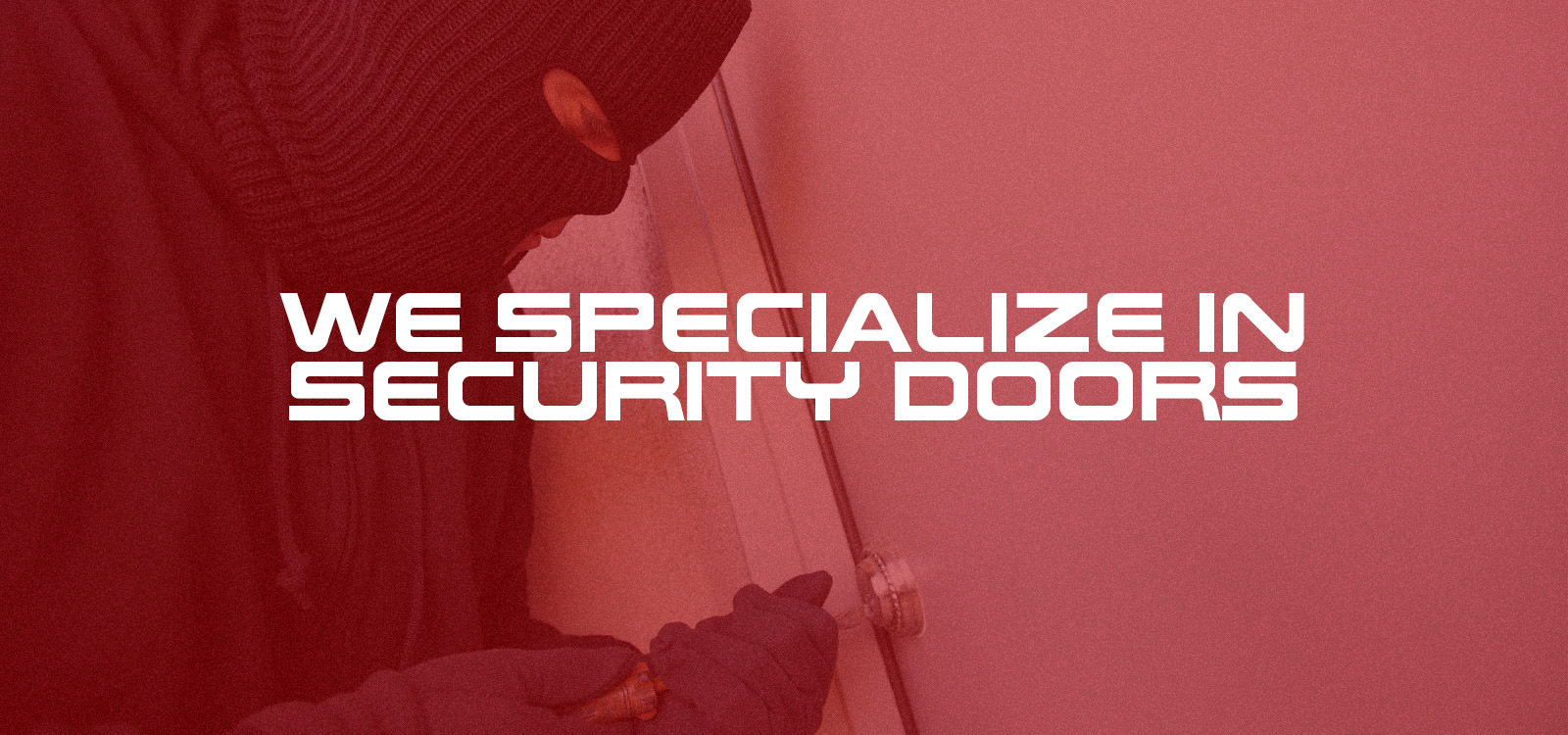
The Future of Smart Security Doors: What’s Coming in 2025
We’ve all wished we could see who’s at the door... Read more →
Home » Security Doors » The Future of Smart Security Doors: What’s Coming in 2025
We’ve all wished we could see who’s at the door before deciding whether to answer. Maybe it’s a delivery, a salesperson, or a family member showing up unannounced.
Smart security doors solve that problem. And in 2025, they’re getting even smarter. After testing various systems over the years, we’ve seen how much smoother life gets when your door actually connects to your world.
This year brings facial recognition going mainstream, AI learning who belongs at your door, and seamless integration across devices. We’ll cover what’s coming and what it means for your home.
Let’s start with a quick look at what makes a door “smart.”

A smart security door is an entry door equipped with connected locks, sensors, and built-in automation. You control it via smartphone, voice assistant, or biometric scan rather than fumbling with keys.
How does this compare to what you’re used to? Regular doors require manual locking and offer zero feedback once you leave. Smart security doors feature smart locks that handle locking automatically, notify you of visitors, and let you grant access remotely.
This is where home security is headed: less manual effort, more intelligent protection.
The smart door market is advancing rapidly, with several innovations moving from experimental to mainstream. Here are the features reshaping home security doors this year.
Fingerprint and facial recognition used to be something you’d see in high-end offices or million-dollar homes. Not anymore. Walk into any tech store in 2025 and you’ll find mid-range smart doors with biometrics built in, not tacked on as an expensive upgrade.
That’s mainly because the technology has matured. Early biometric systems couldn’t handle wet fingers or poor lighting, but modern sensors adapt to messy real-world conditions. Multiple family members, rain-soaked hands, dim doorways; none of it causes problems anymore. They also eliminate the weak points of traditional keys. No one can copy your fingerprint or share your face scan with a neighbour.
Biometrics create an automatic entry log as well. You know exactly who entered and when, giving you visibility that physical keys never provided. The combination of better reliability and lower prices is pushing biometric security from “futuristic gadget” territory into everyday home security.

Smart doors are getting better at telling the difference between a neighbour dropping off mail and someone who shouldn’t be there. AI-powered systems spend weeks learning your household’s routines. If your regular delivery driver shows up at 2 PM on Tuesday, the system stays silent. Someone unfamiliar lingering past midnight? You get an alert immediately. The AI considers multiple factors, including:
Integration with cameras, door sensors, and smart doorbells makes this pattern recognition even more effective. Together, they build a complete picture, catching suspicious activity that older systems would miss, like someone testing handles or circling back multiple times.
The biggest improvement? Fewer false alarms. Early smart security systems sent alerts for every cat or shadow. According to Security Info Watch, AI models are now reducing false positives by 95% while maintaining detection accuracy. You only get notifications that actually need your attention
Smart doors in 2025 work with Alexa, Google Home, and Apple HomeKit right out of the box. Pick your platform and everything connects without the usual tech headaches.
This compatibility creates routines that run themselves. Arm your alarm at night and your door locks. Walk in the next morning, and the lights flick on before you reach for the switch. Last person out? The thermostat drops automatically. Set it up once and forget about it.
That simplicity is new. Older smart devices made you juggle separate apps and manually link everything together. Modern systems use standards like Matter and Zigbee, so your door, camera, lights, and thermostat just talk to each other without you playing translator.
Everything works as one connected system now. Your door handles security while your lights, thermostat, and cameras do their jobs in the background. No app-hopping or syncing settings every time something updates.
App control in 2025 goes beyond basic remote locking. You decide who gets in, when they can enter, and for how long, all from your phone. That control comes down to two main features:
These features remove the usual coordination headaches. No more rushing home to let someone in or tracking down lost keys. You manage access from your phone, and the door handles the rest automatically.

Smart door manufacturers are designing with energy efficiency in mind. Low-power components can run for months on a single battery charge, and some systems include sensors that detect when doors are left open, alerting you before heating or cooling costs spike.
Other doors integrate directly with the HVAC system, automatically lowering the thermostat when the house is empty. Over time, these small adjustments add up, reducing energy bills and cutting down on battery replacements.
Materials are changing too. Many manufacturers now use recycled metals and sustainable composites without sacrificing durability or security..
Smart security doors are becoming standard features in Australian homes, not optional extras. The innovations arriving in 2025 make these systems more reliable, affordable, and genuinely useful for everyday life.
If you’re considering an upgrade, the technology has matured. Compatibility issues are largely solved, prices are stabilising, and features like biometric access and AI monitoring actually work as promised. These systems fit into how modern homes operate, handling security in the background while you get on with your day.
You don’t need to upgrade everything at once. Starting with what suits your needs now and expanding later is a practical approach many homeowners take.
Need Help Choosing?
We’ve been working with Australian homeowners on security solutions since 1999. Our team can assess your setup and recommend options that fit your existing home systems.
Get in touch to discuss your options.